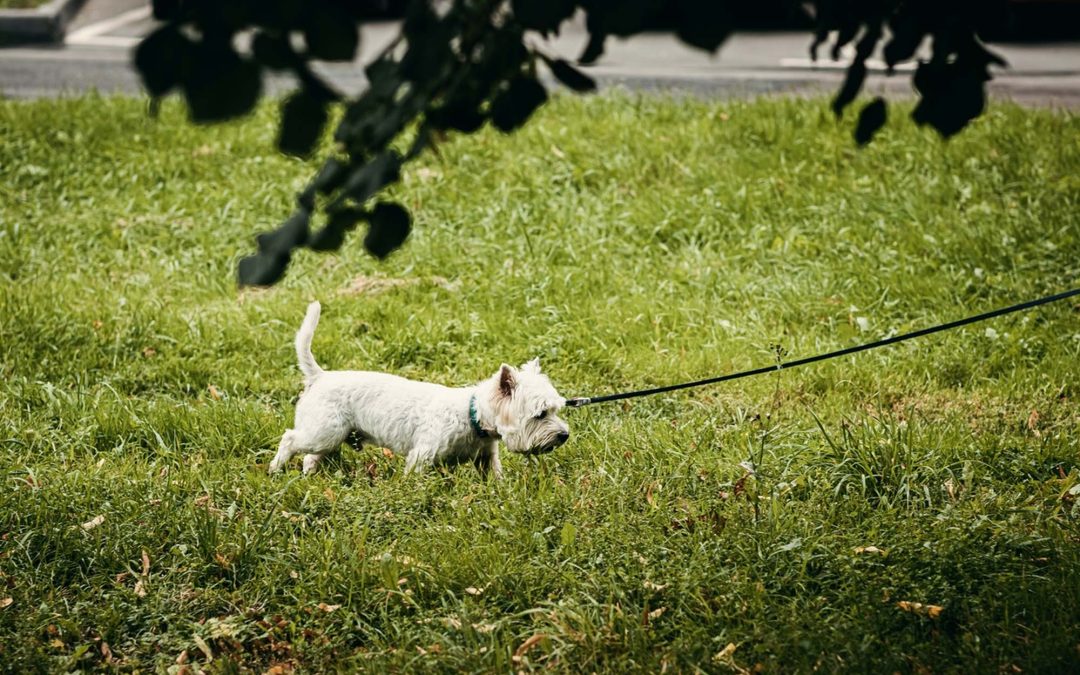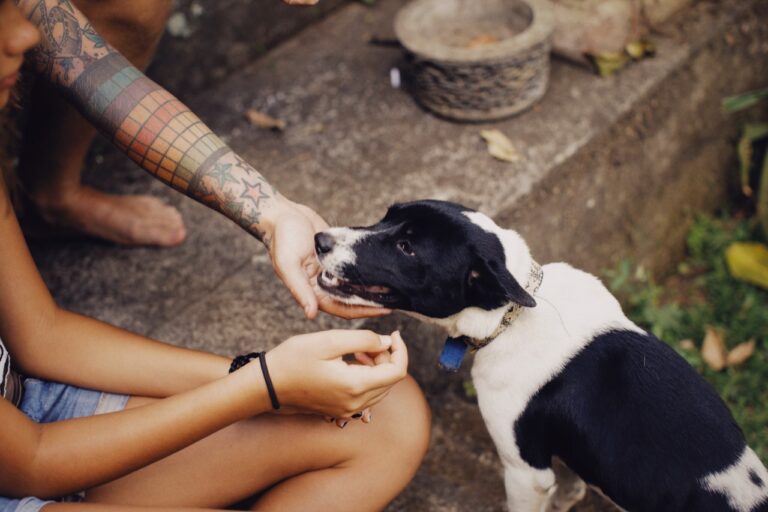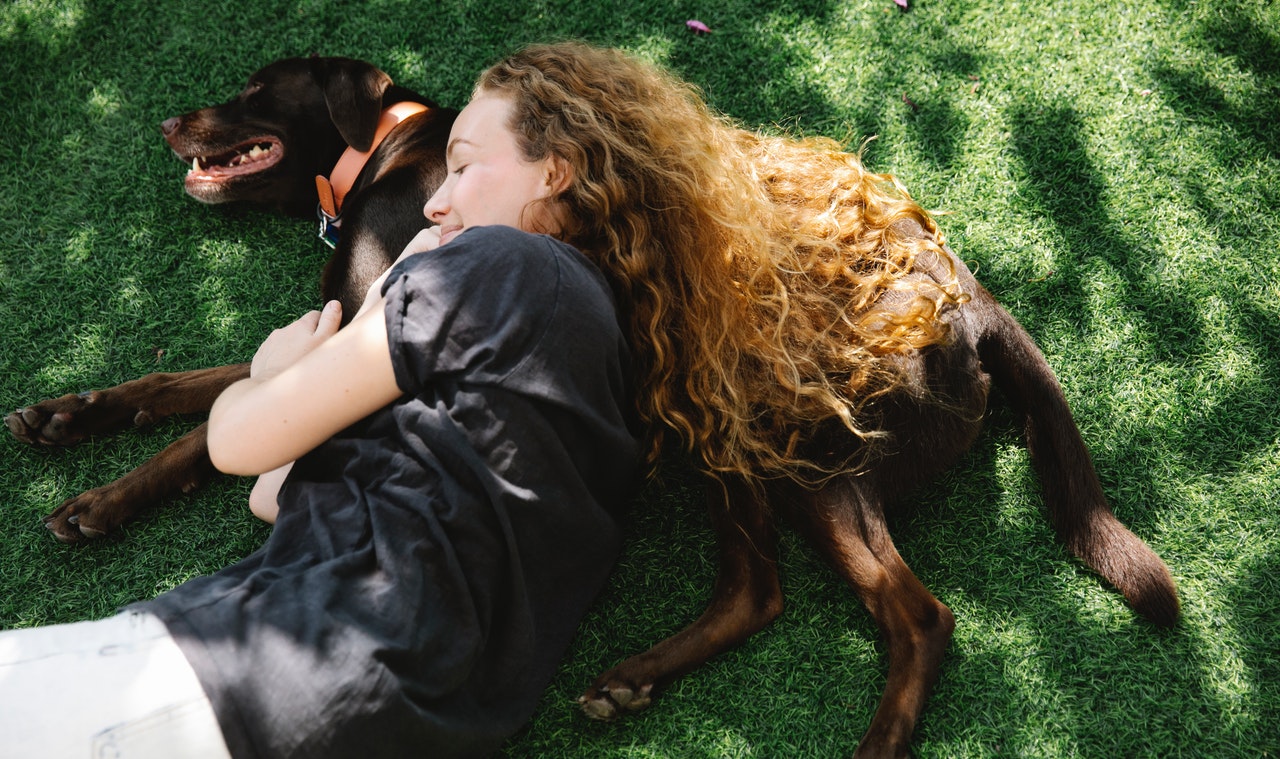Fleas are an inevitable bother for dogs and cats all across the country, especially during the warmer months. Pet owners cringe at the thought of their furry friend scratching after a visit to the dog park or cat café, and for good reason.
Fleas are tiny blood-sucking parasites that are barely susceptible to the human eye but can quickly wreak havoc in your home. To make matters worse, many dogs are allergic to fleas resulting in welts, flaky skin, hair loss, hot spots, and painful scabs.
Treat your cat with special flea care
Unfortunately, fleas can be difficult to discover on cats in particular, whose grooming methods often result in the critters being ingested. If your cat is itchy or you notice flea bites on yourself, it is worth giving your cat a good brush with a flea comb over a white surface. This will bring out flea excrement or dried blood and give a clear indication of an infestation. Fleas can move through their lifecycle quickly with a healthy host or incubate slowly to wait for the best time to strike.
Adult fleas must be killed to prevent spreading or reinfection. Fleas are a common problem with a readily available solution. With early action and vet recommended products, you can stop your flea infestation in its tracks and keep your furry friend safe from further itchy moments.
If you’ve found yourself with a flea infestation or you simply want to be a proactive pet parent, we’ve compiled some important information to empower you in the war against fleas.
Know the enemy
It can be incredibly useful to understand how the flea grows and moves throughout its lifecycle. Fleas feed off the blood of their host and they can spend up to 90% of their life waiting for a warm body to attach to.
When your pet has fleas, it doesn’t mean that you are an irresponsible pet parent; they are simply a part of life. Running through forests, a quick trip to the dog park or a visit to an overnight pet hotel can be enough to start the flea cycle in your home.
The flea has a lifecycle of anywhere from two weeks to several months. The flea begins as an egg before becoming larvae, then pupa, eventually growing into an adult.
Adult fleas live on pets and can lay up to 2000 eggs which will hatch within 1-10 days, spreading throughout your home, bedding, car, and furniture with each vigorous pat or shake. If there is no host available for the flea, it can remain in its pupa, cocoon-like stage for up to 12 months before hatching and attaching itself to your new puppy or rehomed cat.
Despite how uncomfortable it may be to learn about the flea’s lifecycle, it’s important to understand when selecting your flea treatment.
Many treatments are specified for different lifecycles and will respond best when used at the perfect moment.
Prevention is better than a cure
The best scenario is to avoid fleas entirely, preventing them from entering your home and planting their pupa in your couch cushions.
However, unless you plan on your pet living a solo life, prevention is only possible with treatment. Tick and flea treatments have never been more effective or as available with many working to prevent fleas from even nestling on your pet.
Flea treatments vary from collars to tablets or topical applications, and their safety and effectiveness will depend on the specific breed of your pet. If your dog or cat is already infested, early treatment is essential, followed up by a preventative measure to keep your family safe from future infestations.
Flea shampoo, fast-acting chemicals, or a flea tablet along with a good grooming session is often enough to stop a mild infestation. If your dog is allergic to fleas or the infestation is out of control, your vet will be able to give specialised advice for your situation.
Remove the threat…
Once you’ve dealt with the fleas from your pet, it’s important to get them out of your home to prevent further infestations. This can require patience and a cool head as a lot of washing and cleaning may be required. Without knowing exactly where the fleas are in their life cycle, the process of getting rid of them can take as long as 4 months.
Take these steps to rid your home of fleas for good
- Wash everything your cat or dog uses regularly with hot soapy water including beds, blankets, and toys
- Wash your linen and upholsteries including curtains, bedding, rugs, mats, cushions, blankets, and your dog’s favourite slippers
- Give your home a good vacuum, hot wash the tiles and linoleum, and clean the vacuum after use
- Spray a flea control, set off a flea bomb or if the infestation is out of control – call an exterminator
- Apply a non-toxic flea treatment to your yard
- Consider patching holes in the fences to prevent wildlife from bringing in new strains of fleas
- Vacuum your car if your dog has been travelling
- Invest in a flea preventative and be picky about where and with whom your dog plays during the warmer months
When using tick treatments in the home such as sprays or bombs, it’s important to ensure your selection is safe for your situation. For example, some are toxic to fish and cats even after the initial spray. When in doubt, chat to your veterinarian about treatment options for your home.
Once the infestation is under control and if your pet is purely an inside animal, no further preventative measures may be necessary. However, if your pet ventures to the dog park, the cat hotel, or even to a family member’s home with other animals, a one-off or regular flea treatment will be essential.
Say goodbye to fleas for good
If you cringe at the thought of fleas, you aren’t alone. They cause discomfort for your fur baby and inconvenience for your home, but with some practical preventative measures, you can prevent fleas from becoming your new housemates.
Rossmore Veterinary Hospital offers flea services and assistance to provide you with peace of mind and your pet with the comfort it deserves. To discuss your concerns with the experts, give us a call on (02) 9606 6984.
Frequently Asked Questions
What are fleas and what do they look like?
Fleas are typically black, brown, or red with long legs and a very small body. If you spot anything small and dark moving on your pet, it is likely a flea.
How do you know if your pet has fleas or not?
Flea symptoms include excessive itching, red and swollen bites, itchy legs and feet.
What are the symptoms of flea infestation in pets?
The bite of a flea has certain features including itchiness, red and swollen weal, small wounds, secondary infections, and hypersensitivity.
Is it common for puppies to have fleas?
Yes, unfortunately so. Puppies are typically in contact with many other dogs from their siblings to puppy preschool and the dog park, making them very susceptible to fleas.
Can humans get fleas from dogs?
Yes, they can – often resulting in itchy wounds, which is why it’s so important to remove the infestation from the home as soon as possible.
Can fleas live in your bed?
Yes, fleas will either incubate or lay their eggs in warm environments such as bedding, linen, and cushions.





